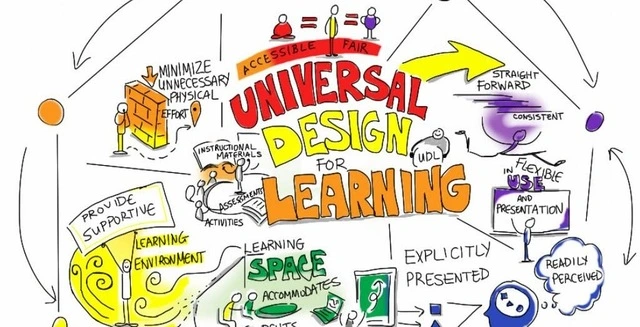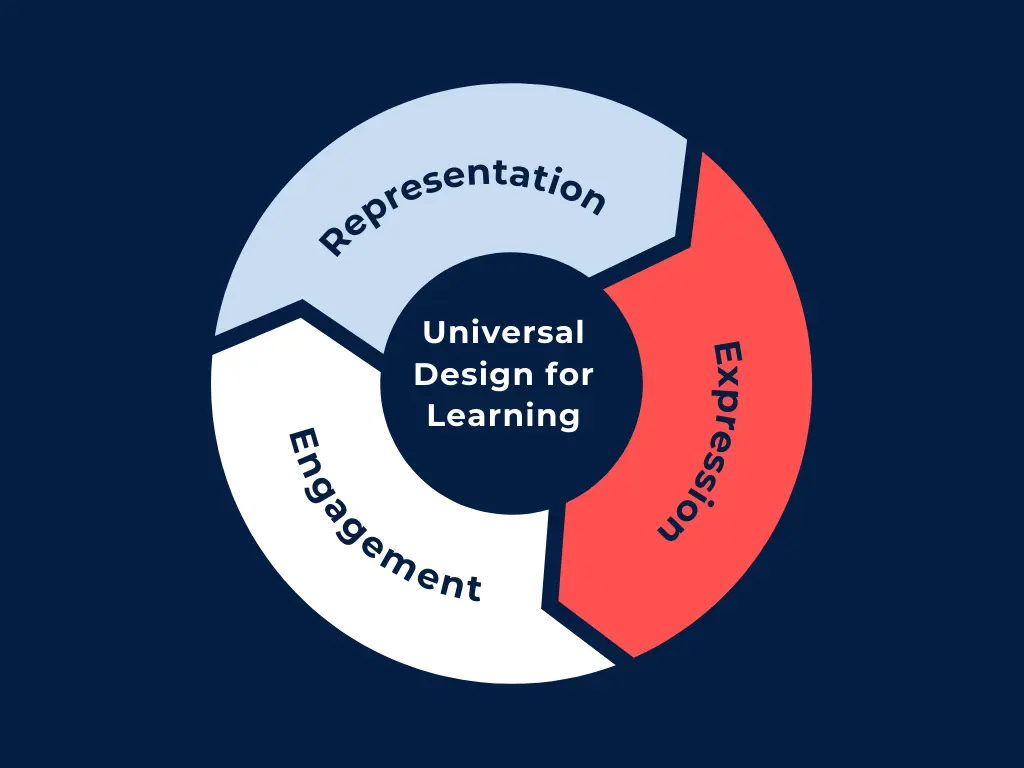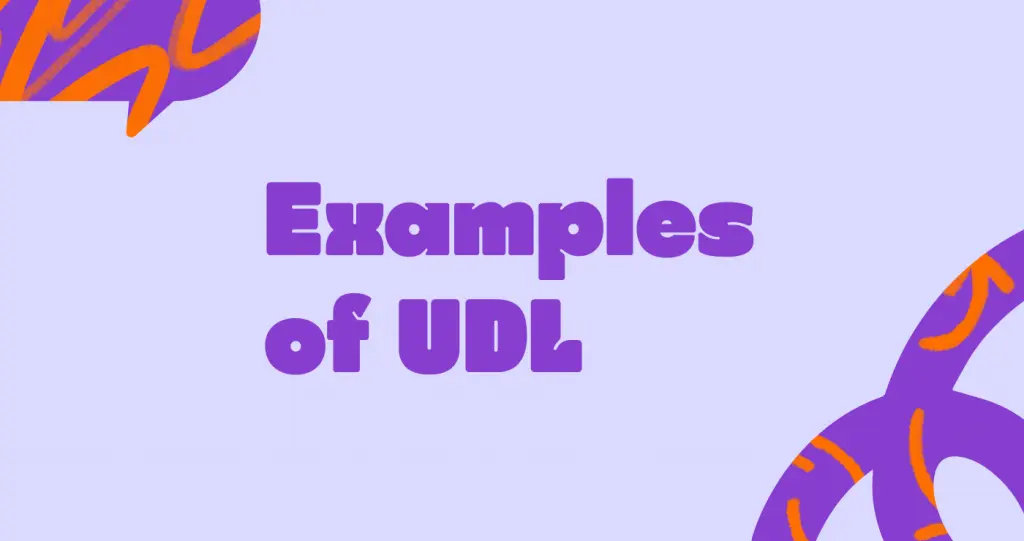
The field of education is seeing a shift towards increased inclusivity, with Universal Design for Learning (UDL) being a key component of this change. UDL is a framework that offers several avenues for representation, participation, and expression to recognize and address the variety among learners. This blog examines the fundamental ideas, tenets, and real-world applications of UDL in educational contexts. As a parent, educator, or other stakeholder in education, knowing about UDL can have a big impact on how we approach teaching and learning.
What is Universal Design for Learning?
The goal of the educational framework known as Universal Design for Learning (UDL) is to proactively create curricula and teaching strategies that meet the various requirements of students. Its roots are in the universal design movement in architecture, which seeks to build spaces that people use, regardless of their physical capabilities. This idea is extended to learning in education by UDL, which promotes adaptable methods that accommodate student heterogeneity in learning.
Who UDL Applies to in the Classroom
All pupils in the classroom are covered by UDL, regardless of their background, aptitude for learning, or disability. It acknowledges differences among students in how they take in material, interact with it, and communicate what they have learned. Teachers may construct inclusive learning environments that accommodate these variations and improve student engagement and accomplishment by implementing UDL principles.
Basic Principles of Universal Design for Learning
Three core principles guide the universal design of the learning framework:

Multiple Means of Representation: Offer content and information in a variety of formats (text, audio, video, etc.) to suit the needs and preferences of diverse learners.
Multiple Means of Engagement: Provide varied avenues for pupils to interact with educational resources and tasks, promoting interest and maintaining diligence and perseverance.
Multiple Means of Expression: To accommodate variations in communication and expression, let students show their understanding and knowledge in a variety of methods (e.g., writing, speaking, creating).
These principles aim to remove barriers to learning and promote equal opportunities for all students to succeed academically.
Universal Design for Learning Guidelines That All Schools Can Use
Implementing UDL in schools involves following practical guidelines that align with its principles. Some key guidelines include:

Provide options for perception: Provide content in text, audio, and visual formats to accommodate a range of learning preferences.
Offer choices for engagement: Giving students the freedom to select courses or projects that pique their interest encourages engagement and intrinsic motivation.
Support varied means of expression: Allow students to exhibit their comprehension in a variety of ways (speaking, writing, and multimedia), taking into account their unique learning styles and skill levels.
By adhering to these guidelines, educators can create inclusive learning environments where all students can thrive.
Examples of How to Use UDL in the Classroom
Practical examples illustrate how UDL principles can be applied effectively in educational settings:

Example 1: Differentiated Instruction: To account for varying learning styles, provide pupils with a variety of ways to acquire the material (such as audio transcripts of texts or visual aids).
Example 2: Flexible Assessment: Give students options for showcasing their learning (written essays, oral presentations, multimedia projects, etc.) so they can do so in ways that best fit their skills.
Example 3: Varied Engagement Activities: Include interactive exercises to engage students with varying interests and learning styles, such as group discussions, simulations, and hands-on experiments.
These examples demonstrate how UDL can be tailored to meet the diverse needs of learners while promoting academic achievement and fostering a positive learning experience.
Conclusion
With its recognition and appreciation of the diversity of learners in today's classrooms, Universal Design for Learning (UDL) represents a substantial shift towards inclusive education. Teachers may design inclusive, stimulating, and encouraging learning environments for all students by adopting the UDL tenets and criteria. Whether you work as a teacher, administrator, or parent, you can help kids achieve their full potential by supporting and understanding Universal Design for Learning (UDL).
Get updates and more resources on inclusive education practices by joining Our E-Class blog if you're interested in learning more about how to use UDL in your classroom or school. Together, let's design learning spaces where each student may reach their full potential.